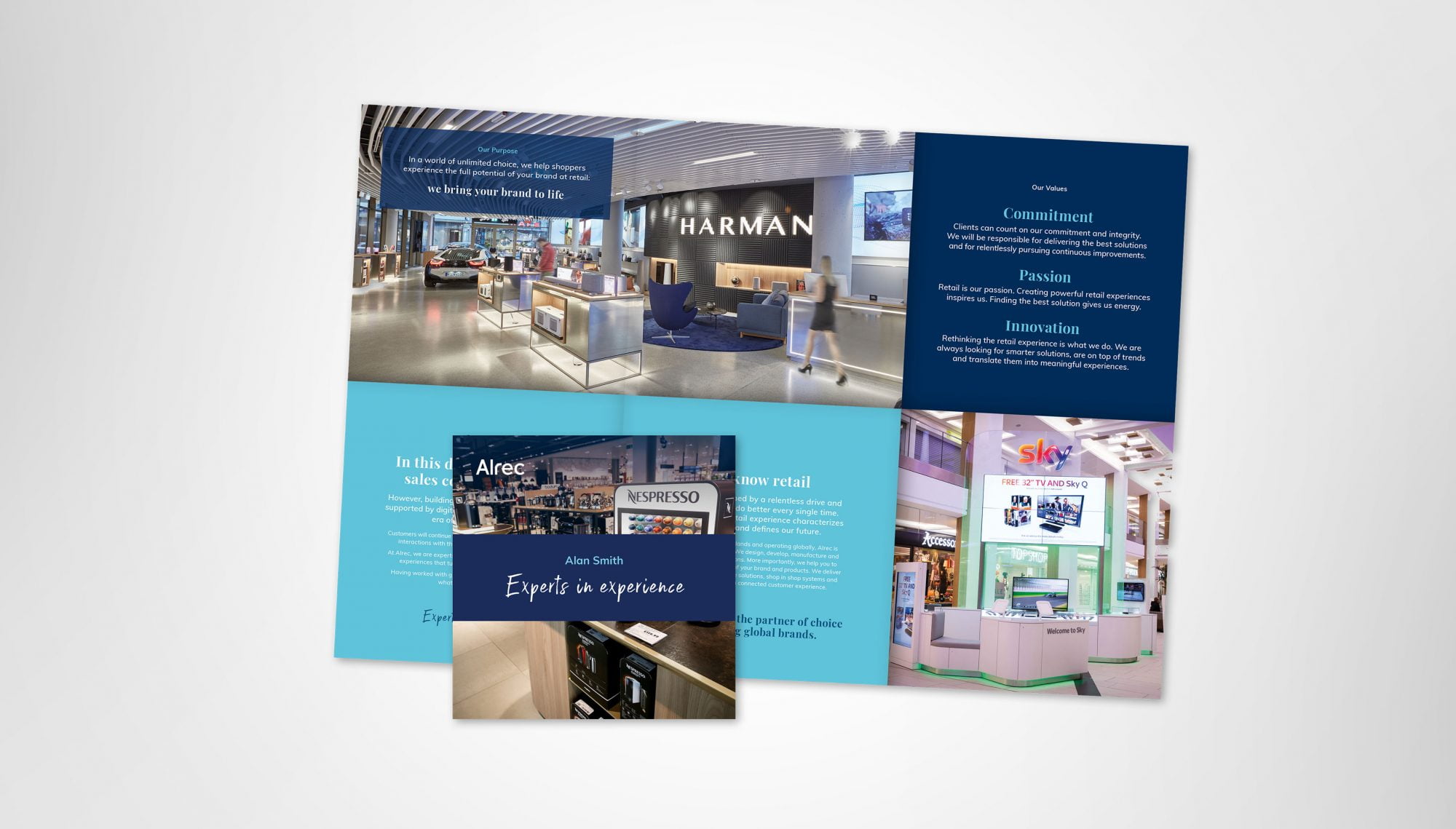 We were delighted to welcome Natalie to the team for a week’s worth of work experience, where she was able to join in with the daily activities of a Design and Marketing agency. She wrote an article during her time at Valiant and we thought it was too good not to share. There’s lots of valuable information for those of you wondering whether or not to invest in a direct mail marketing campaign.
We were delighted to welcome Natalie to the team for a week’s worth of work experience, where she was able to join in with the daily activities of a Design and Marketing agency. She wrote an article during her time at Valiant and we thought it was too good not to share. There’s lots of valuable information for those of you wondering whether or not to invest in a direct mail marketing campaign.
With the digital age continually moving forward and resulting in new and improved technologies every year, an ever-increasing proportion of everyday life is spent online. It has never been easier to move between the physical and online worlds. With consumers striving to keep up with the latest updates, companies are having to make sure they do not get left behind and lose business.
Nowadays, emails are just as common as direct mail, or physical mail, and some may argue that email and other forms of electronic communication have now outstripped direct mail within businesses. However, with the recent tightening of the General Data Protection Regulation (GDPR) it has actually become harder for businesses to market effectively solely using emails. So maybe direct mail is not dead after all.
In fact, it has been recognised by many consumers and businesses that email and direct mail have different strengths, so should be used for different situations, therefore direct mail cannot be directly replaced by email. Direct mail on its own brings with it plenty of advantages;
Marketing campaigns are easily tailored. As a result of this they also become highly targeted, focused on addressing the specific needs and wants of consumers, so they do not receive anything irrelevant to them. This also means that they can be easily personalised to include simple details such as the customer’s name. Everyone has experienced excitement at receiving a crisp envelope addressed directly to them.
It is a tangible and familiar format. Having a physical object delivered straight to your door means that it is guaranteed that you will see the message, and more likely that you will actually open and read it. The Royal Mail conducted research on mail and email in 2014 and found that 51% of emails are deleted within two seconds of being received. A large proportion are not read in full or even opened, whereas people trust direct mail as it’s a more familiar format, so are more likely to read and process the message, with direct mail being kept for an average of 17 days.
It is not just limited to letters. Direct mail includes catalogues, brochures, postcards, leaflets, welcome packs and more. Some companies even include small sample of their products. This is a lot more interactive than automated emails and consumer responses show a preference for these physical formats over online equivalents.
It is simple and effective for businesses. Alone or with support from organisations such as Royal Mail, it is very easy for businesses to create and execute direct mail marketing campaigns and is actually cost-effective when it comes to actually mailing the items as well as in the creative stages.
However, whilst email and mail each have their merits on their own, they are most effective when used together. 51% of consumers prefer companies to use a combination of both mail and email. With mail being better suited for catalogues, brochures, welcome packs etc, emails are most effective for quick communications, confirmation messages, keeping up-to-date with offers, and any instant communications that require a quick reply, if any reply at all. With subject lines for emails they are also suited to news updates that can be read in a glance or two.
Not only do they support each other by having complimenting roles and features, but mail has proven to encourage action in consumers, with 54% engaging in social media and 87% being influenced to make online purchases. And when mail is used alongside email, 13% more consumers visited the sender’s website compared to when email was used alone.
The effectiveness of a combined campaign is further proven through HSBC’s campaign to attract students for their student bank account scheme. At first, they offered a £60 Amazon voucher as an incentive, but this failed to beat Santander’s offer of a student railcard. Their solution was to use student ambitions to make more targeted suggestions for how the voucher could be used to kickstart their dreams. They partnered with UCAS and mailed the offer to applicants twice, once to wish them luck for their A-level exams, and again to congratulate those who had got a place at university. This campaign resulted in the highest new-to-bank customer acquisition in nine years.
It is doubtless, then, that although email has been increasing in popularity and technology will continue to develop and improve, there is still a place for tangible, direct mail within businesses as well as within the consumer’s home.
Sources:
Statistics from Royal Mail ‘It’s all about Mail and Email’ report 2014
http://verifiedlabel.com/knowledgecenter/know-benefits-direct-mail.aspx
https://smallbusiness.chron.com/benefits-direct-mail-advertising-3476.html
https://www.royalmail.com/corporate/marketing-data/trends-innovation/case-studies/hsbc